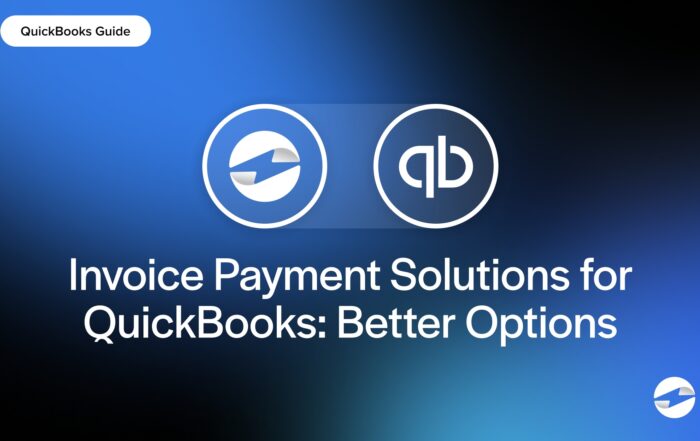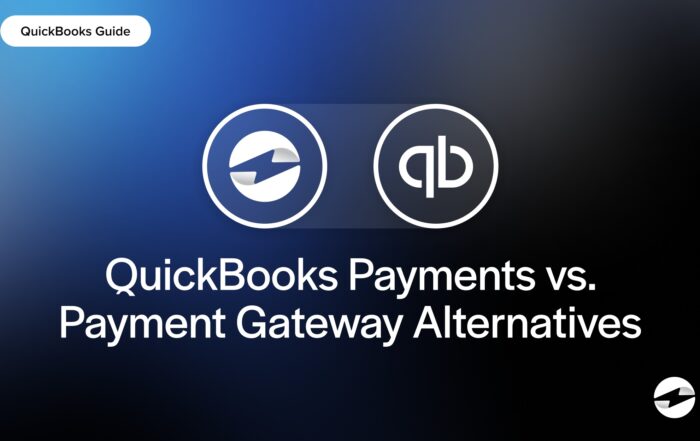What is gross profit margin?
The Gross Profit Margin is a key metric that shows how much a company keeps from its revenue after paying for the direct costs of goods or services. It’s a percentage that helps businesses understand their profit before overheads like rent, salaries, and marketing. Consider your gross profit margin, the percent of profit that goes right to your pocket.
Key Points
- Gross profit margin measures business efficiency. It shows how much profit a company keeps from its revenue after paying for direct costs.
- The formula to calculate gross profit margin is: Gross Profit Margin = (Revenue−COGS )/Revenue) × 100. A higher margin means good pricing and cost management. A lower margin means inefficiencies or high expenses.
How to calculate gross profit margin
To find the Gross Profit Margin, you just need to know the revenue and the cost of goods sold. The formula for gross profit margin is:
Gross Profit Margin=((Revenue-Cost of Goods Sold) / revenue)×100
Steps to calculate:
- Find your total revenue. Find the total amount of money made from sales.
- Determine the Cost of Goods Sold (COGS). Find the direct costs of producing the goods or services.
- Subtract COGS from revenue. This gives you the gross profit.
- Divide by revenue and multiply by 100. This converts the figure into a percentage.
Gross profit margin example
Let’s say a bakery makes $50,000 in revenue for the month. The cost of ingredients, packaging, and direct labor (COGS) is $20,000.
Using the formula:
($50,000−$20,000/50,000 )×100 = 60%
This means the bakery has a 60% gross profit margin. In other words, the bakery keeps 60 cents for every dollar of revenue after paying for direct costs.
What is a good gross profit margin?
A “good” gross profit margin varies by industry, but here are some general benchmarks:
- Retail: 20% – 50%
- Manufacturing: 25% – 40%
- Software & SaaS: 70% – 90% (since direct costs are lower)
- Restaurants: 20% – 35%
When you price and handle costs well, you get higher margins. When profits are low, costs are high, or setting prices is hard. If your gross profit margin is too low, you might want to change your prices, cut down on the cost of materials, or make your business run more smoothly.
You May Also Like
Read More
Read More
Read More
Read More



